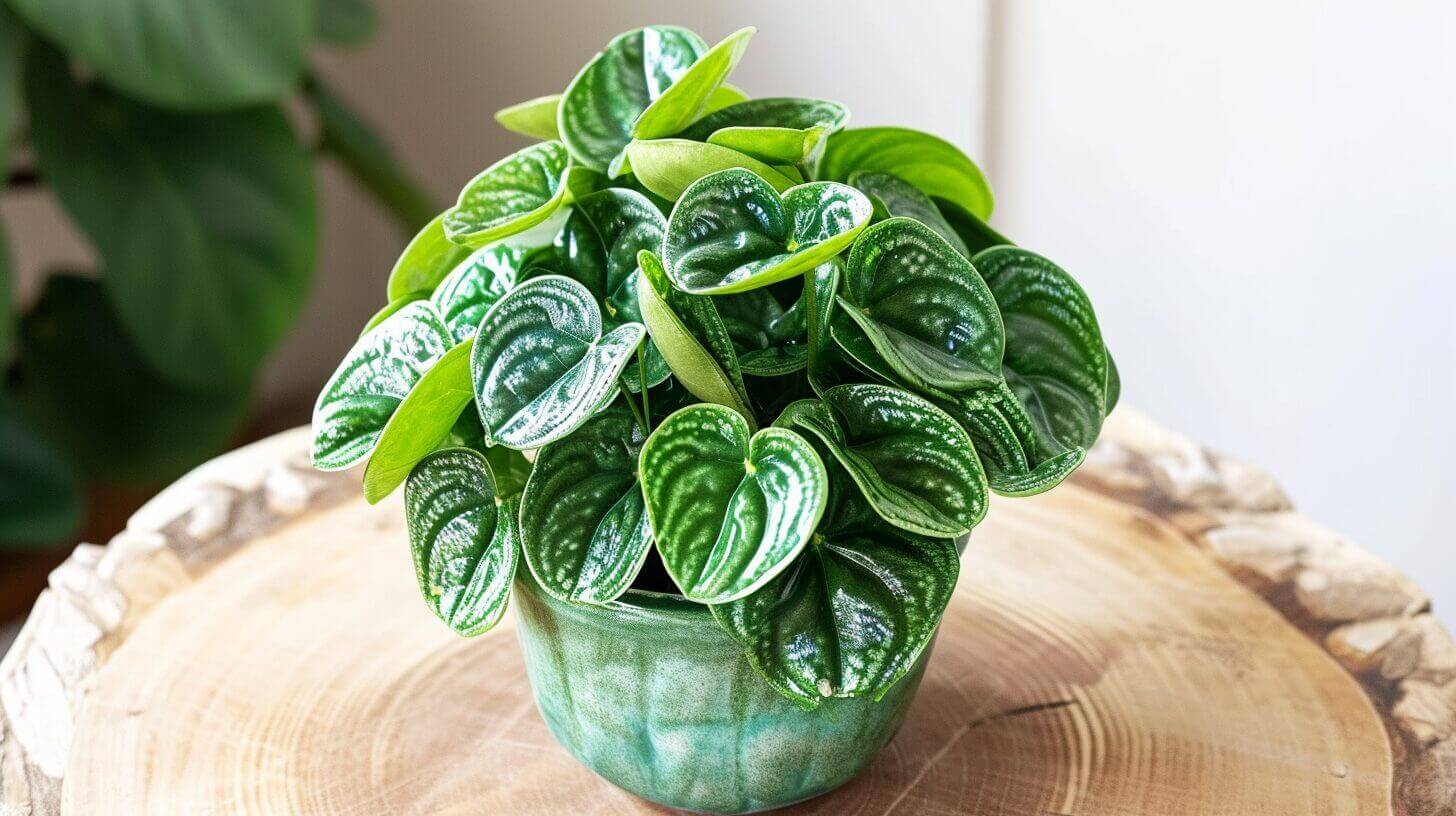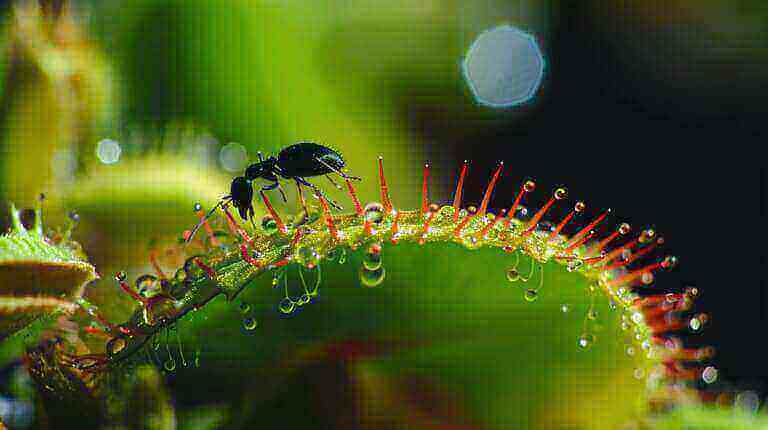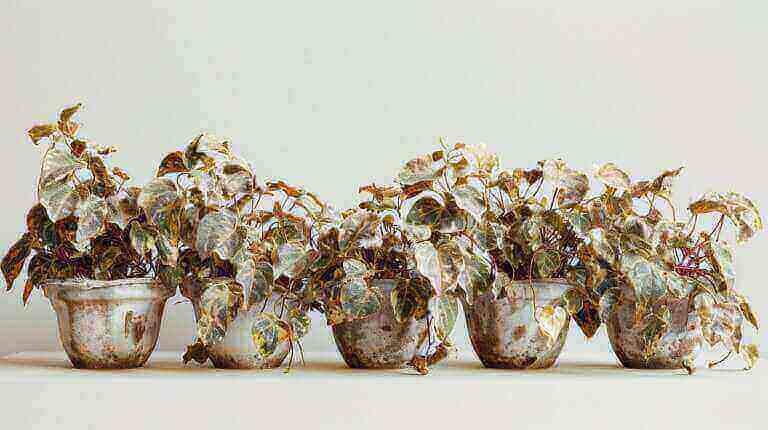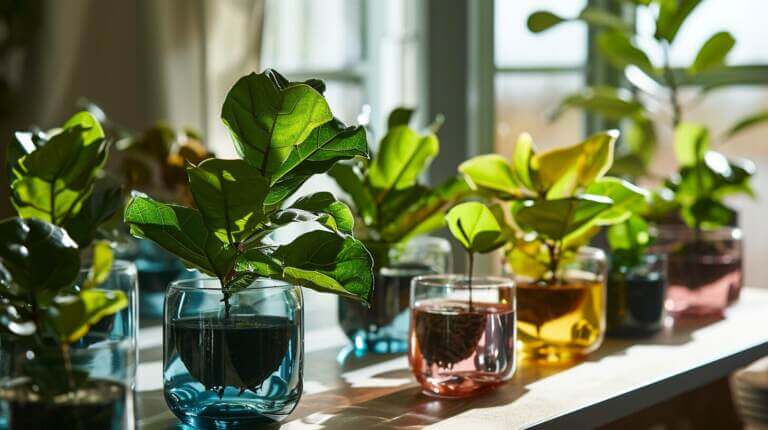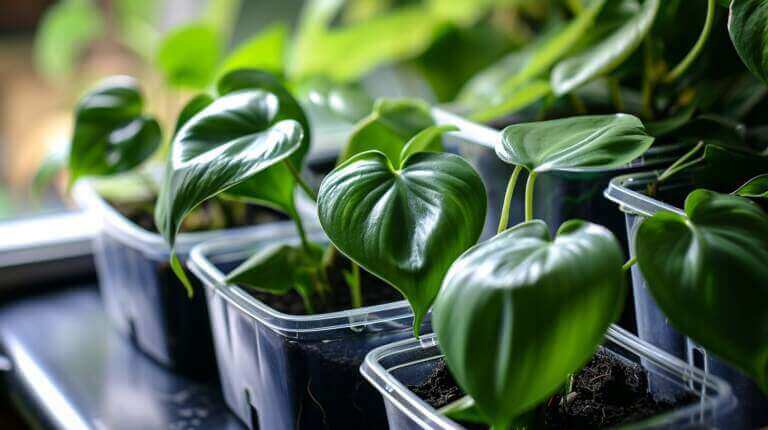A Beginner’s Guide to Growing and Caring for Peperomia Plants
Welcome to my beginner’s care guide on growing and caring for peperomia plants! Peperomia plants belong to the Piperaceae family and are known for their diverse shapes, textures, and colors. With over 1,500 known species, there’s a peperomia plant to suit every taste and style. Not only are they visually appealing, but they are also low-maintenance, making them perfect for beginners.
When it comes to caring for peperomias, it’s important to provide them with the right conditions to thrive. They prefer medium to bright indirect light, well-draining soil, and a temperature range of 60-80℉. With the right care, these plants can flourish and become a stunning addition to your indoor garden.
Key Takeaways:
- Peperomia plants are popular for their ornamental foliage.
- They are considered easy-care indoor plants.
- Peperomias prefer medium to bright indirect light.
- Well-draining soil and proper watering are essential for their growth.
- They thrive in temperatures between 60-80℉.
- Peperomias can be propagated through stem or leaf cuttings.
- Common varieties include Baby Rubber Plant, Watermelon Peperomia, String of Turtles, and Emerald Ripple.
Light Requirements for Peperomia Plants
Peperomia plants have specific light requirements to thrive and maintain their beautiful foliage. It is crucial to provide them with the right amount of light to ensure healthy growth. These plants prefer medium to bright indirect light, making them ideal for placement near south- or west-facing windows. However, it’s important to note that direct sunlight can harm the leaves, causing them to scorch. To protect your peperomia plants from direct sunlight, you can use sheer curtains or place them slightly away from the window.
In low light conditions, peperomia plants can survive, but they may become leggy and produce fewer leaves. Therefore, it is best to provide them with adequate light to promote lush foliage. If you don’t have access to a window with sufficient light, you can use artificial grow lights as an alternative. LED grow lights are energy-efficient and provide the right spectrum of light for indoor plants.
Table: Light Requirements for Popular Peperomia Varieties
| Variety | Light Requirements |
|---|---|
| Peperomia ‘Obtusifolia’ (Baby Rubber Plant) | Medium to bright indirect light |
| Peperomia ‘Argyreia’ (Watermelon Peperomia) | Medium to bright indirect light |
| Peperomia ‘Prostrata’ (String of Turtles) | Medium to bright indirect light |
| Peperomia ‘Caperata’ (Emerald Ripple) | Medium to bright indirect light |
By providing the right amount of light, you can ensure that your peperomia plants thrive and add a touch of greenery to your indoor space.
Watering and Soil Requirements for Peperomia Plants
To ensure the healthy growth and thriving of your Peperomia plants, it’s important to understand their watering requirements and soil preferences. Proper watering and well-draining soil play a crucial role in keeping these plants happy and vibrant.
Peperomias have varying watering needs depending on the type of leaves they possess. Those with waxy leaves should have the soil dry out between waterings, while those with softer, thinner leaves may require more frequent watering. To determine when it’s time to water, you can use a moisture meter or simply check the soil with your finger. If the top inch of the soil feels dry, it’s usually time to water.
In terms of soil requirements, Peperomias thrive in well-draining soil. This means that the soil should not retain excess moisture, as it can lead to root rot. A great way to ensure proper drainage is by using a potting mix that contains ingredients like pumice, perlite, or wood chips. These additives help prevent waterlogging and allow excess water to flow through the soil easily. While most bagged potting soils are suitable for transplanting Peperomias, adding cactus potting soil can further enhance the drainage capabilities of the soil mixture.
Watering Tips:
- Allow the soil to dry out between waterings, but be mindful not to let it become bone-dry.
- Use a moisture meter or check the soil with your finger to determine when it’s time to water.
- Avoid overwatering, as it can lead to root rot and other plant health issues.
Soil Tips:
- Choose a well-draining soil mixture that contains ingredients like pumice, perlite, or wood chips.
- Consider adding cactus potting soil to enhance the drainage capabilities of the soil.
- Avoid using heavy or compacted soils that retain excess moisture.
| Watering | Soil |
|---|---|
| Peperomias with waxy leaves: Allow soil to dry out between waterings | Well-draining soil mixture containing pumice, perlite, or wood chips |
| Peperomias with softer, thinner leaves: May require more frequent watering | Consider adding cactus potting soil for enhanced drainage |
Temperature and Humidity Requirements for Peperomia Plants
Proper temperature and humidity are essential for the health and well-being of Peperomia plants. Understanding their specific requirements can help you create the ideal environment for these lovely indoor plants.
Temperature Requirements
Peperomia plants prefer temperatures between 60-80℉, making them suitable for most indoor settings. However, they can tolerate slightly cooler temperatures down to 55℉. It’s important to avoid exposing them to sudden temperature fluctuations and drafts, especially during the winter months when cold air from frequently used doors can harm the plants. To ensure a stable and comfortable temperature, place your Peperomias away from doors and windows that may let in chilly gusts of wind.
Humidity Requirements
While Peperomias can tolerate average household humidity levels, they thrive in higher humidity environments. To create a more humid atmosphere, you can place your plants in a naturally humid room, such as a bathroom or kitchen. Alternatively, misting the plants regularly or using a small-scale humidifier can help increase humidity levels. Remember to avoid misting the leaves directly, as it may lead to fungal diseases. Instead, mist the air around the plants to provide them with the moisture they need.
| Temperature Range (℉) | Ideal Conditions | Tolerable Conditions |
|---|---|---|
| 60-80 | Peperomias thrive in this range and show optimal growth. | They can tolerate temperatures as low as 55℉ but may exhibit slower growth. |
By providing the right temperature and humidity levels, you can ensure that your Peperomia plants stay healthy, vibrant, and flourishing.
Fertilizing and Growth Rate of Peperomia Plants
Proper fertilizing is essential for promoting healthy growth and vibrant foliage in peperomia plants. While these plants are not heavy feeders, they still benefit from regular fertilization during the growing season. Fertilizing provides essential nutrients that peperomias need to thrive and maintain their overall health.
When it comes to fertilizing peperomia plants, a balanced liquid fertilizer at 1/4 the recommended strength is recommended. This helps avoid the risk of over-fertilization, which can lead to fertilizer burn and damage to the plant’s roots. Fertilizing once a month during the growing season, typically from spring to fall, is sufficient for most peperomia varieties.
“Fertilizing provides essential nutrients that peperomias need to thrive and maintain their overall health.”
| Peperomia Growth Rate | Average Growth per Season |
|---|---|
| Slow Growers | 4-6 inches |
| Medium Growers | 6-9 inches |
| Fast Growers | 9-12 inches |
Peperomias are medium growers, and their growth rate can vary depending on the specific species and care provided. Typically, peperomias can produce 4-12 inches of growth in one growing season. Slow growers may only reach a height of 4-6 inches, while fast growers can reach up to 9-12 inches in the same time frame.
It’s important to note that the growth rate of peperomia plants can be influenced by various factors, including light, temperature, and overall plant health. Providing optimal growing conditions and regular fertilization can help maximize the growth potential of these beautiful houseplants.
Propagation and Pruning of Peperomia Plants
Propagating and pruning peperomia plants is a rewarding way to expand your collection and ensure the health and vitality of your existing plants. Whether you want to create new plants from cuttings or maintain the shape and size of your peperomias, these techniques are simple and effective. Let’s explore the methods of propagation and pruning for peperomia plants.
Propagation
There are two common methods for propagating peperomia plants: stem cuttings and leaf cuttings. Stem cuttings involve taking a healthy stem with at least two leaves and placing it in water or a well-draining soil mixture until roots develop. Leaf cuttings, on the other hand, involve removing a healthy leaf and placing it in a soil mixture or water until new plantlets emerge.
To propagate peperomias through stem cuttings, follow these steps:
- Select a healthy stem with at least two leaves.
- Cut the stem just below a node (where the leaf meets the stem).
- Place the cutting in a jar of water or a well-draining soil mixture.
- Keep the cutting in a warm and bright location, but protect it from direct sunlight.
- Once roots develop, transfer the cutting to a pot with well-draining soil.
Pruning
Pruning peperomia plants helps maintain their shape, control their size, and promote bushier growth. Light pruning is typically done in the early spring to encourage branching and foliage development. Here’s how to prune your peperomia:
“Pruning peperomia plants helps maintain their shape, control their size, and promote bushier growth.”
- Identify any leggy or overgrown stems that need pruning.
- Using sharp and clean pruning shears, make cuts just above a leaf node or branching point.
- Remove any dead, damaged, or yellowing leaves to improve the plant’s overall health.
- After pruning, consider using the stem cuttings to propagate new plants.
| Propagation | Pruning |
|---|---|
| Methods: Stem cuttings, Leaf cuttings | Time: Early spring |
| Requirements: Well-draining soil mixture or water, Warm and bright location | Tools: Sharp and clean pruning shears |
| Steps: Select a healthy stem or leaf, Place in water or soil, Transfer to pot | Process: Identify overgrown stems, Make cuts above leaf node, Remove dead leaves |
Common Varieties of Peperomia Plants
Peperomia plants are known for their vast array of species and cultivars, each offering unique foliage characteristics and growth habits. Here are some popular varieties:
- Peperomia obtusifolia (Baby Rubber Plant): This variety has thick, glossy, dark green leaves and is one of the most popular peperomia plants for indoor gardening.
- Peperomia argyreia (Watermelon Peperomia): As the name suggests, this variety has leaves that resemble the rind of a watermelon, with silver stripes on a dark green background.
- Peperomia prostrata (String of Turtles): This variety has small, succulent-like leaves that form clusters, resembling tiny turtles.
- Peperomia caperata (Emerald Ripple): The leaves of this variety have a rippled texture, with rich green coloration and a velvety appearance.
These are just a few examples of the diverse range of peperomia plants available to indoor gardeners. Each variety brings its own unique charm and can be a beautiful addition to any plant collection.
| Variety | Description |
|---|---|
| Peperomia obtusifolia | Thick, glossy, dark green leaves |
| Peperomia argyreia | Watermelon-like leaves with silver stripes |
| Peperomia prostrata | Clustered, turtle-like leaves |
| Peperomia caperata | Rippled, velvety leaves |
Common Problems and Tips for Peperomia Plant Care
Peperomia plants are generally low-maintenance, but like any plant, they can face some common problems. One of the main issues to watch out for is overwatering. These plants prefer the soil to dry out between waterings, so be sure not to keep them constantly moist. Overwatering can lead to root rot, which can be detrimental to the plant’s health.
If you notice yellowing or curling leaves, it may be a sign of underwatering. In this case, make sure to give your peperomia plant a good drink and monitor the soil moisture regularly. On the other hand, if you see brown roots or yellow leaves, it’s likely an indication of overwatering. In such cases, allow the soil to dry out before watering again.
Regular pruning is also essential for maintaining the health and appearance of your peperomia plant. Light pruning in the early spring can help encourage more branching and foliage development. Trimming away any yellow or damaged leaves will also enhance the plant’s overall aesthetic.
FAQ
How do I care for a Peperomia plant?
Peperomia care involves providing indirect light, maintaining a warm temperature, and watering the plant thoroughly when the soil is dry to touch. It’s also important to avoid overwatering to prevent root rot.
How often should I repot my Peperomia plant?
You should repot your Peperomia plant every 2-3 years or when the plant outgrows its pot. Repotting helps refresh the soil and provides the plant with more room to grow.
What are some common pests that affect Peperomia plants?
Common pests that can affect Peperomia plants include aphids, mealybugs, and spider mites. Regularly check the leaves and stems of your plant for signs of these pests.

